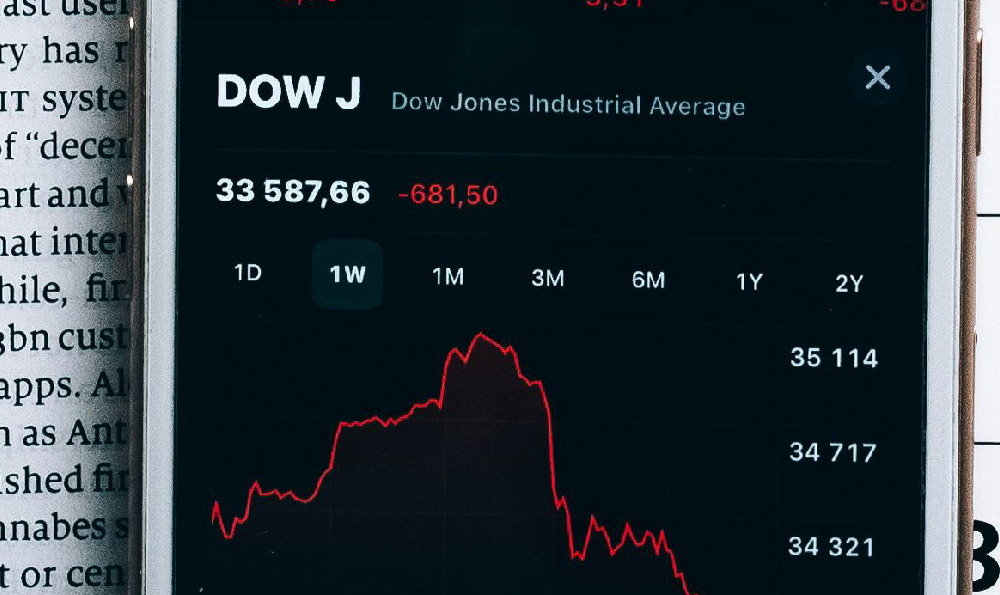Okay, I'm ready. Here's an article addressing the question of how Pharmacy Benefit Managers (PBMs) profit and their revenue streams.
How Pharmacy Benefit Managers (PBMs) generate revenue is a complex and often opaque topic, central to understanding the dynamics of the pharmaceutical marketplace and its impact on healthcare costs. PBMs, acting as intermediaries between drug manufacturers, pharmacies, and payers (insurance companies, employers, and government entities), play a significant role in determining drug prices and access. Their profitability stems from a multifaceted business model that leverages negotiation power, rebates, and various service fees.
One of the most significant revenue streams for PBMs comes from negotiated drug discounts and rebates from pharmaceutical manufacturers. In exchange for preferential formulary placement (i.e., prioritizing a drug's inclusion on the list of covered medications), manufacturers offer rebates to PBMs. These rebates can be substantial, often reaching double-digit percentages of the drug's list price (also known as the Wholesale Acquisition Cost or WAC). The extent to which these rebates are passed on to payers, rather than retained as profit by the PBM, is a source of ongoing debate and scrutiny. The argument centers around transparency: are payers receiving the full benefit of these negotiated discounts, or is a portion being kept by the PBM, effectively increasing their profit margin? The complexity arises because PBMs often negotiate these rebates based on aggregate purchasing volume, making it difficult for individual payers to ascertain the precise amount that should be credited back to them. Moreover, the contracts outlining these rebate arrangements are often confidential, further obscuring the financial flow.

Another crucial aspect of PBM revenue is the concept of spread pricing. This occurs when a PBM charges a payer a higher price for a prescription drug than the amount the PBM reimburses the pharmacy. The difference, or "spread," represents a direct profit for the PBM. While spread pricing isn't inherently illegal, concerns arise when payers are unaware of the magnitude of the spread or when the spread is disproportionately large compared to the services provided by the PBM. It’s essentially a hidden markup. Again, transparency is key. If payers are fully informed about the potential for spread pricing and can negotiate terms accordingly, it can be a legitimate business practice. However, when spread pricing is used to inflate costs without proper disclosure, it raises ethical and financial concerns. Some states have enacted legislation to increase transparency around spread pricing, requiring PBMs to disclose the actual cost paid to the pharmacy.
Beyond rebates and spread pricing, PBMs generate revenue through administrative fees and service fees. These fees are charged to payers for a variety of services, including formulary management, claims processing, network management, and utilization management. Formulary management involves determining which drugs are included on the list of covered medications and at what tier (which dictates the copay or coinsurance amount for the patient). Claims processing entails handling prescription claims from pharmacies and adjudicating them according to the payer's plan design. Network management involves establishing and maintaining a network of participating pharmacies. Utilization management encompasses strategies to encourage the appropriate use of medications, such as prior authorization requirements, quantity limits, and step therapy (requiring patients to try a less expensive drug before being approved for a more expensive one). While these fees are often more transparent than rebates or spread pricing, their justification and value proposition are still subject to scrutiny. Payers need to assess whether the fees are commensurate with the services provided and whether the PBM is effectively managing costs and improving patient outcomes.
Data analytics and consulting services are also emerging as a revenue stream for PBMs. With access to vast amounts of prescription data, PBMs can provide valuable insights to payers on drug utilization trends, cost drivers, and opportunities for savings. They can also offer consulting services to help payers design more effective pharmacy benefit programs. The value of these services hinges on the quality and accuracy of the data, as well as the PBM's ability to translate data into actionable recommendations.
Furthermore, many PBMs operate mail-order pharmacies. This integrated model allows them to capture additional revenue through dispensing fees and potential cost savings through bulk purchasing. By encouraging patients to use mail-order pharmacies, PBMs can increase their control over prescription fulfillment and potentially negotiate more favorable terms with drug manufacturers. This integration, however, raises concerns about potential conflicts of interest, as the PBM has a financial incentive to steer patients towards its own mail-order pharmacy, even if it's not necessarily the most convenient or cost-effective option for the patient.
In summary, PBMs profit through a complex web of negotiated discounts, rebates, spread pricing, administrative fees, data analytics, and mail-order pharmacies. The lack of transparency surrounding these revenue streams has fueled concerns about potential conflicts of interest and the overall impact on healthcare costs. Increased transparency, stricter regulation, and more robust oversight are needed to ensure that PBMs are acting in the best interests of payers and patients, rather than prioritizing their own profit margins. Payers must actively negotiate contracts that prioritize transparency and hold PBMs accountable for achieving specific cost savings and improving patient outcomes. The ongoing debate surrounding PBM practices highlights the need for a fundamental re-evaluation of the pharmaceutical supply chain and the role of intermediaries in determining drug prices and access.












